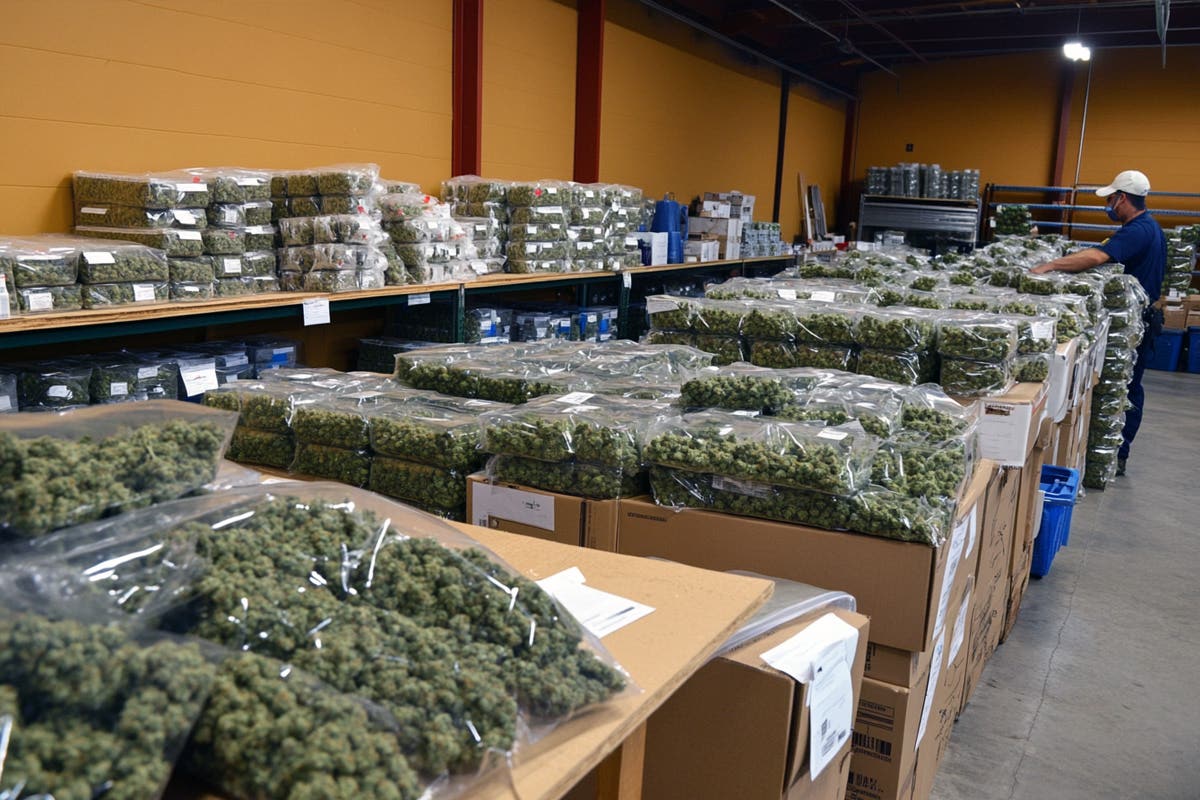Organic Cultivation Methods
-
Natural Pest Control: Utilizing beneficial insects, such as ladybugs and predatory mites, as well as employing companion planting techniques can help control pests without relying on harmful pesticides. This promotes a healthy ecosystem and reduces the potential risks associated with pesticide use.
-
Compost and Organic Fertilizers: Utilizing compost and organic fertilizers derived from natural sources, such as composted plant material and animal manure, enriches the soil with essential nutrients while minimizing the use of synthetic chemicals. This supports soil health, microbial activity, and overall plant vigor.
-
Water Conservation: Implementing water-efficient irrigation systems, such as drip irrigation or rainwater harvesting, reduces water consumption and promotes responsible water management. Additionally, adopting mulching techniques helps retain soil moisture, reducing the frequency of irrigation.
Energy Efficiency
-
LED Lighting: Utilizing energy-efficient LED lighting systems significantly reduces energy consumption compared to traditional lighting sources. LED lights provide targeted wavelengths that optimize plant growth while minimizing energy waste and heat generation.
-
Renewable Energy Sources: Integrating renewable energy sources, such as solar panels or wind turbines, into cultivation facilities helps reduce reliance on non-renewable energy sources and decreases carbon emissions. This transition to renewable energy contributes to a greener and more sustainable cannabis industry.
Waste Management and Recycling
-
Composting: Implementing a composting program for plant waste and organic matter allows for the creation of nutrient-rich compost that can be used to enhance soil health and fertility. This reduces waste sent to landfills and contributes to a closed-loop system.
-
Recycling and Reusing: Establishing recycling systems for materials like plastics, paper, and packaging reduces waste generation. Additionally, reusing materials, such as pots and trays, further minimizes the environmental impact associated with cannabis cultivation.
Carbon Footprint Reduction
-
Carbon Offsetting: Engaging in carbon offset programs, such as investing in reforestation projects or renewable energy initiatives, helps counterbalance the carbon emissions associated with cannabis cultivation. This offsets the environmental impact and promotes carbon neutrality.
-
Energy-Efficient Climate Control: Optimizing heating, ventilation, and air conditioning (HVAC) systems for energy efficiency ensures that the cultivation environment is controlled while minimizing energy consumption. Proper insulation, air circulation, and temperature management contribute to energy savings.
Certification and Compliance
-
Organic Certification: Seeking organic certification from recognized certifying bodies ensures that cultivation practices meet stringent organic standards. Organic certification assures consumers that the cannabis products are grown without synthetic pesticides, fertilizers, or genetically modified organisms.
-
Regulatory Compliance: Adhering to local and state regulations regarding environmental protection, waste disposal, and energy usage is vital for environmentally friendly cultivation. Staying informed and compliant helps preserve ecosystems, protect natural resources, and ensure a sustainable future.
By adopting sustainable practices, cannabis growers can play a crucial role in protecting the environment, conserving resources, and producing high-quality cannabis products. Implementing organic cultivation methods, promoting energy efficiency, practicing responsible waste management, reducing carbon footprint, and ensuring regulatory compliance are key steps toward environmentally friendly cannabis growing. Embracing sustainability not only benefits the planet but also aligns with the increasing demand for eco-conscious products in the cannabis industry.















